Although to the ancients, myths were simply accounts of the doings of deities that they believe actually existed, today’s students see these same stories as a body of literature. The distinction is one that students should understand, for though the stories are interesting for their own sake, and retain and essential appeal to the human imagination, they are equally important for what they have to say about the past. Mythology: Gods and Goddesses is a two-part programme that seeks to introduce students to both aspects of mythology, the historical and the literary. The stress of the program is on giving students an idea of the nature of the Greek and Roman gods and of the importance of these gods in the lives of the importance of these gods in the lives of the ancients. In most cases, no attempt is made to tell the entire myth; rather the emphasis is on telling just enough of the most important stories, most draw from Buifinch’s Mythology, to introduce the student to the principal figures in Classical mythology and to whet their appetites to read the myths for themselves. Although Greek and Roman gods and goddesses have been well covered in reference books, few resource try to encompass a complete worldview. Basing his compilation on standard religious reference books, including specialized titles for lesser-known sects, the Author of this number of deities from Sumerian, Egyptian, Australian Aboriginal, Akkadian-Babylonian, Hindu, Hittite-Hurrian, Greek, Hebrew, mayan, celtic, and Buddhist Hindu, Zoroastrian, jain Muslem religions, among others. The main body of the work consists of alphabetically arranged entries listed under the most common form of the deity. Principal gods and goddesses (e.g. Istar, Thor, Zeus) are indicated by entry headings in all-capital letters and are given a lengthier treatment (a half to a full page) noting origin, known period of worship, synonyms, center of cult, art references, literary sources, description and importance. Other entries are generally one to two paragraphs in length. The six page bibliography is divided geographically and by major religion. Besides listing all the deities alphabetically, the index categorizes deities by culture and function (e.g. fire, messengers). Coverage is impressive, few other. Reference works include the Western semitic local goddess of healing Thatmanuitu, the Phrygian river and god Sangarious, the Lithuanian corn goddess Gabja uai, the Polynesian creator god Quat, or the Aztec minor fertility goddess Matlalcueye. This volume is a solid consolidation of information and is recommended for high-school, public, and academic Libraries.
Lexicography of Ramanujacharya: Founder of Visisthavaitam
This is first Lexicographic ...
$112.50
$125.00

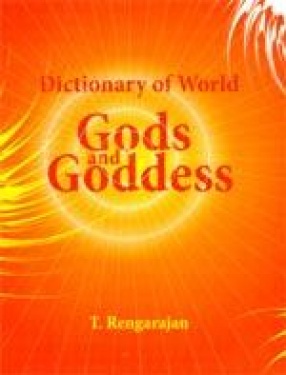
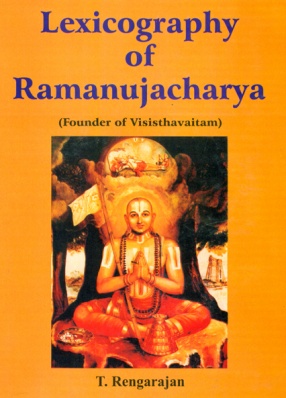
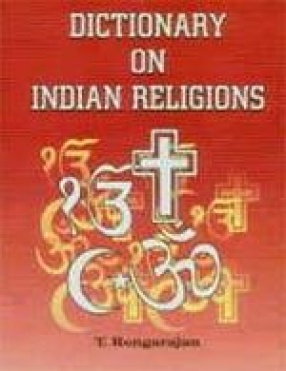
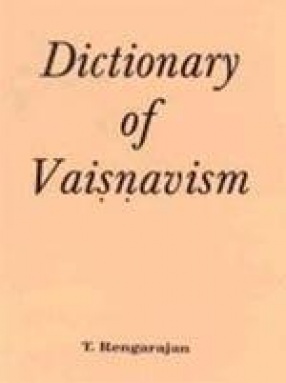
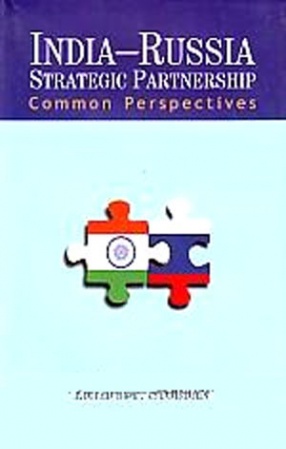
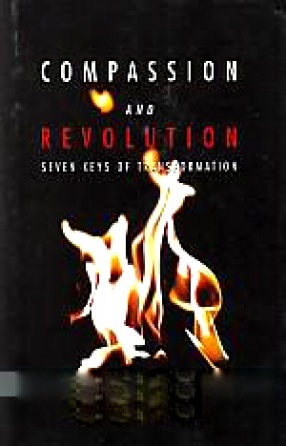
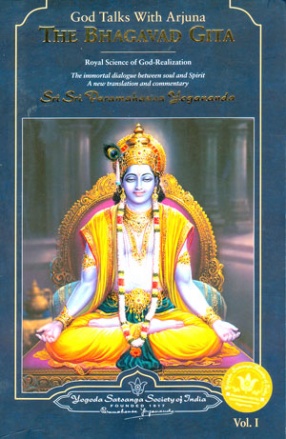
There are no reviews yet.